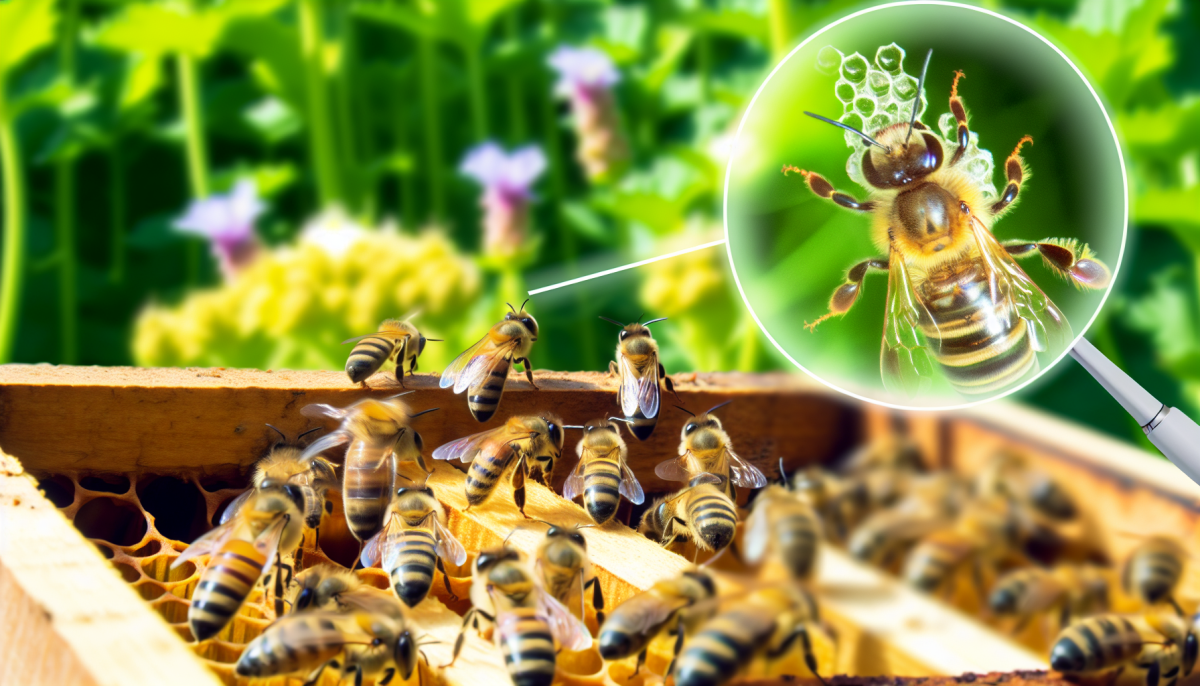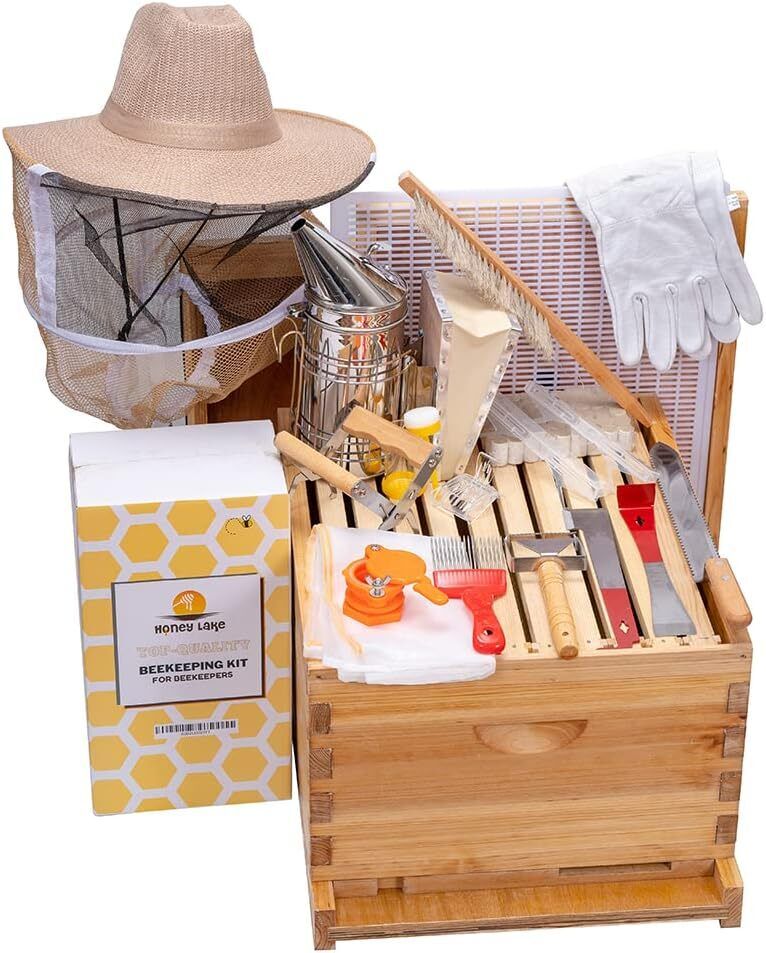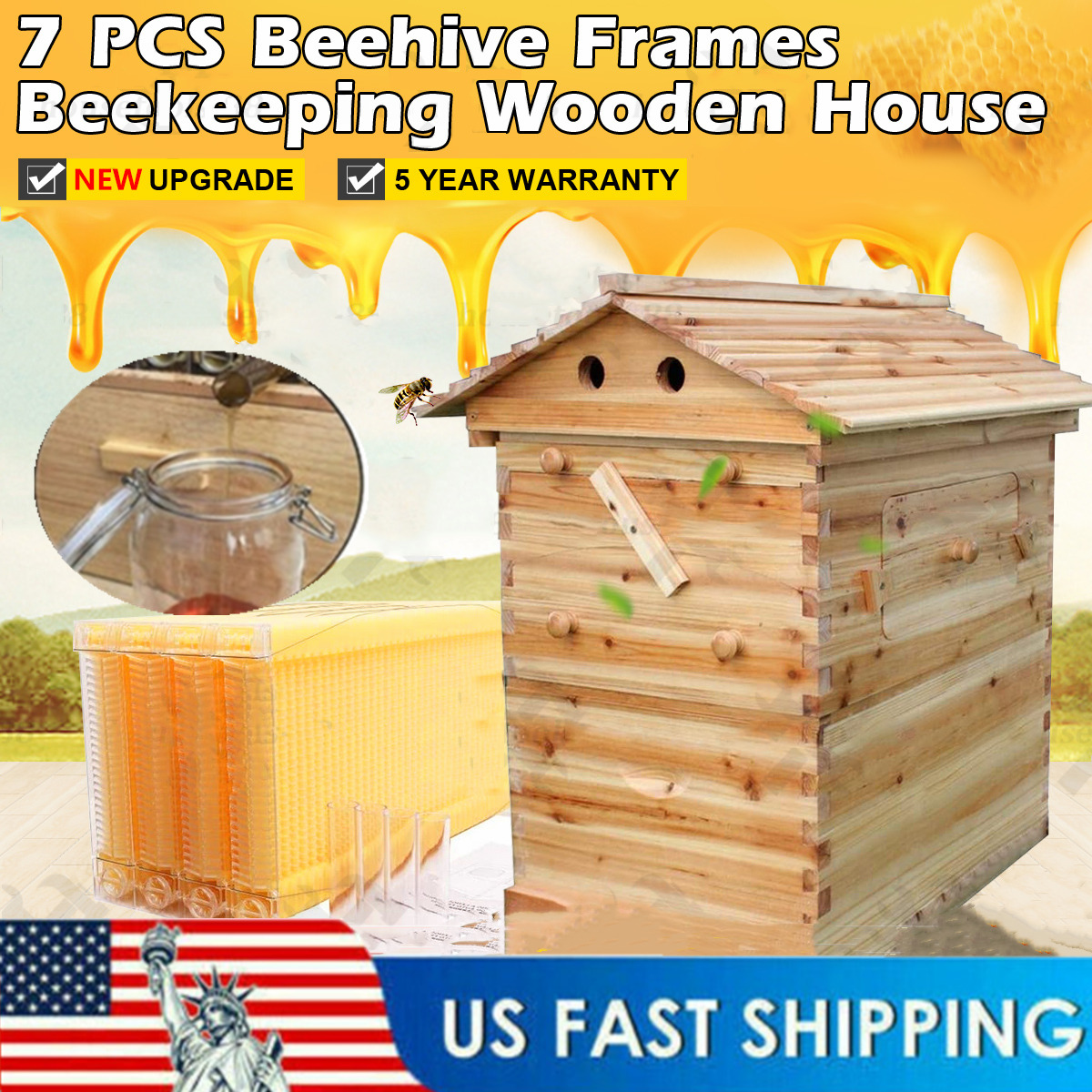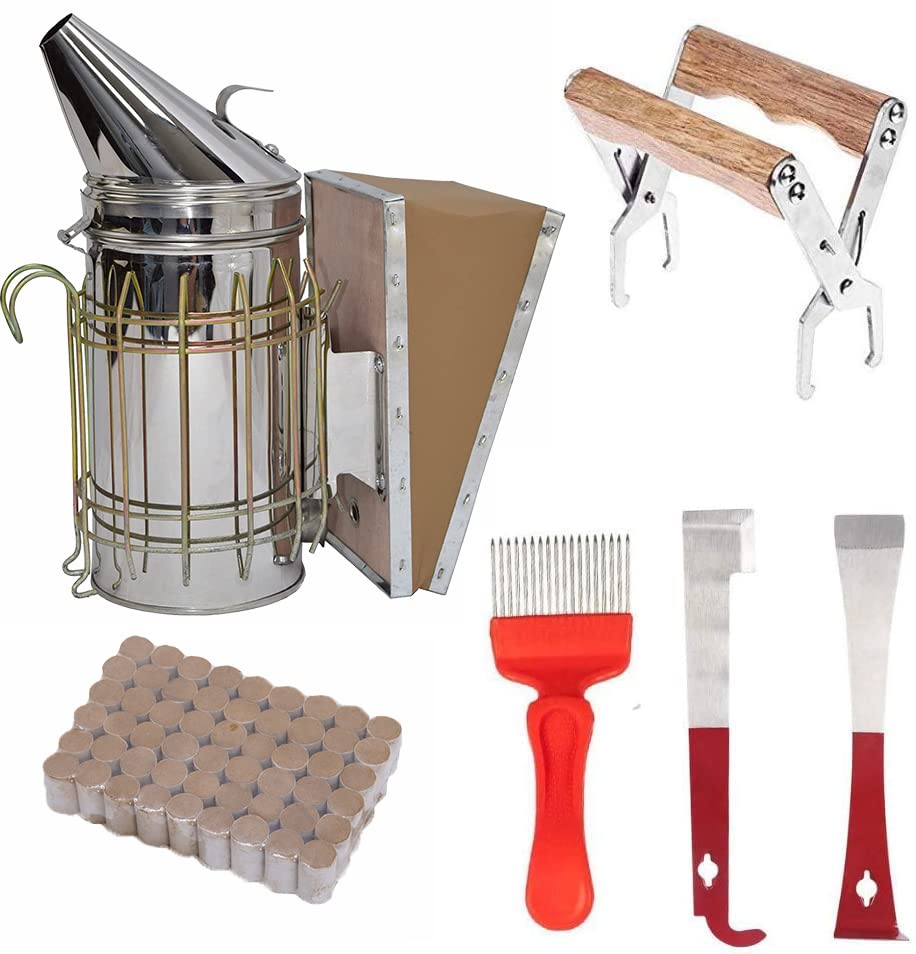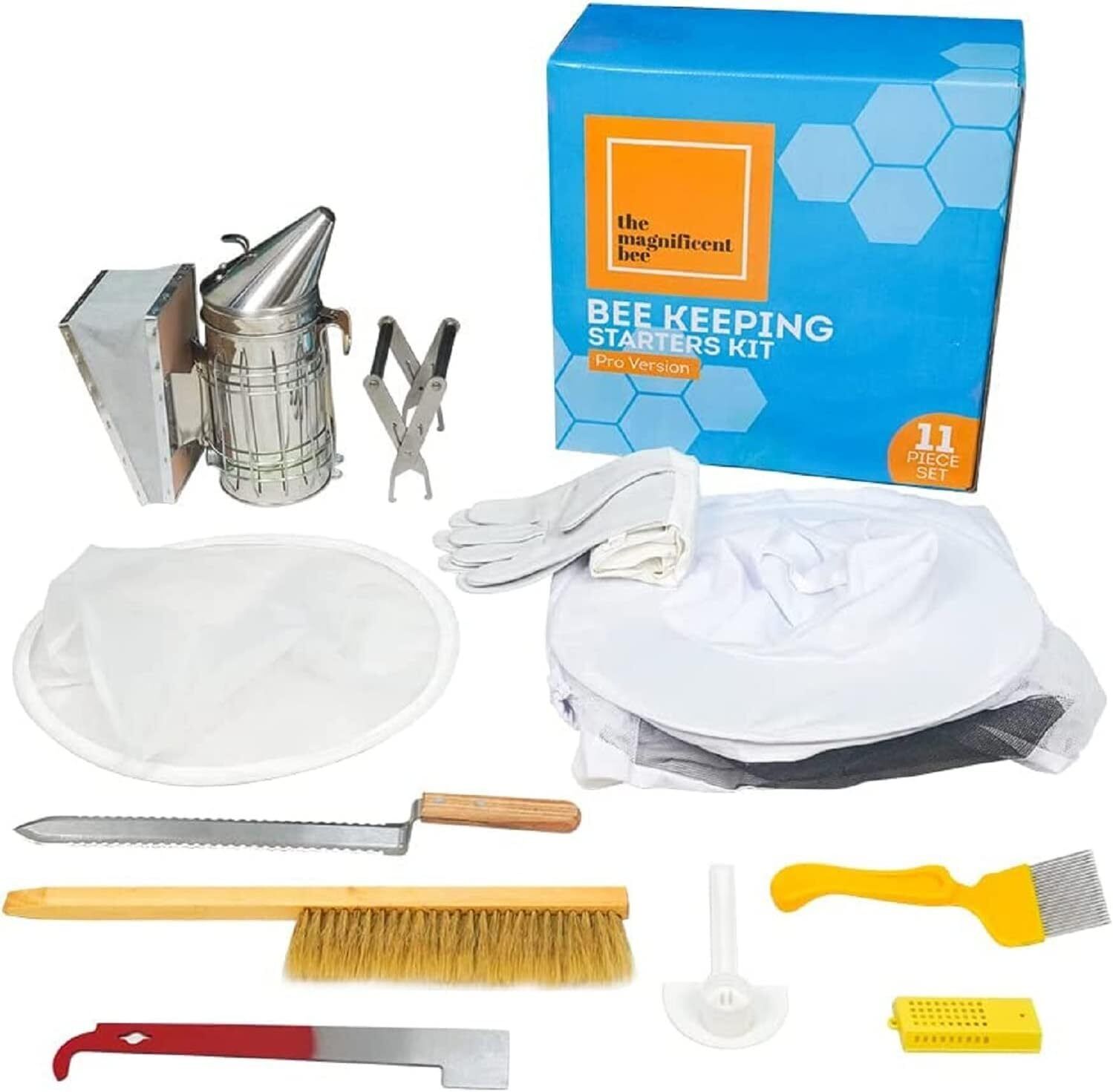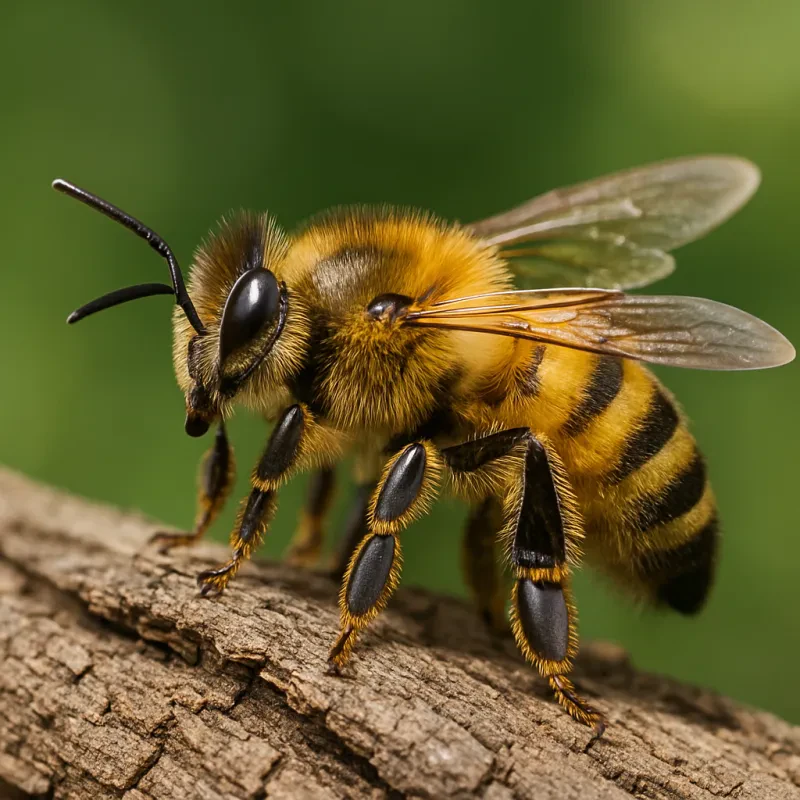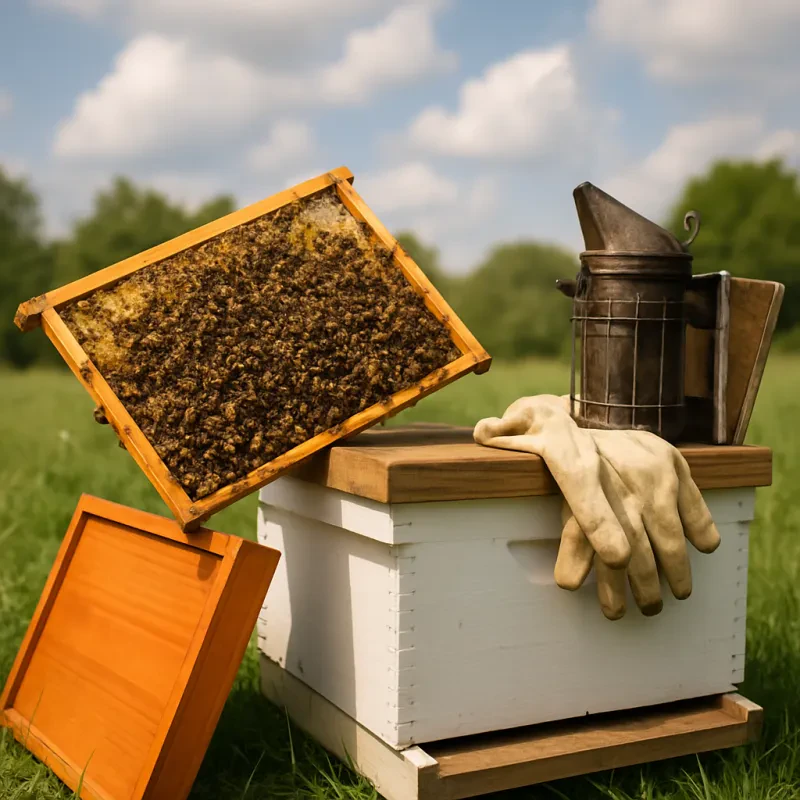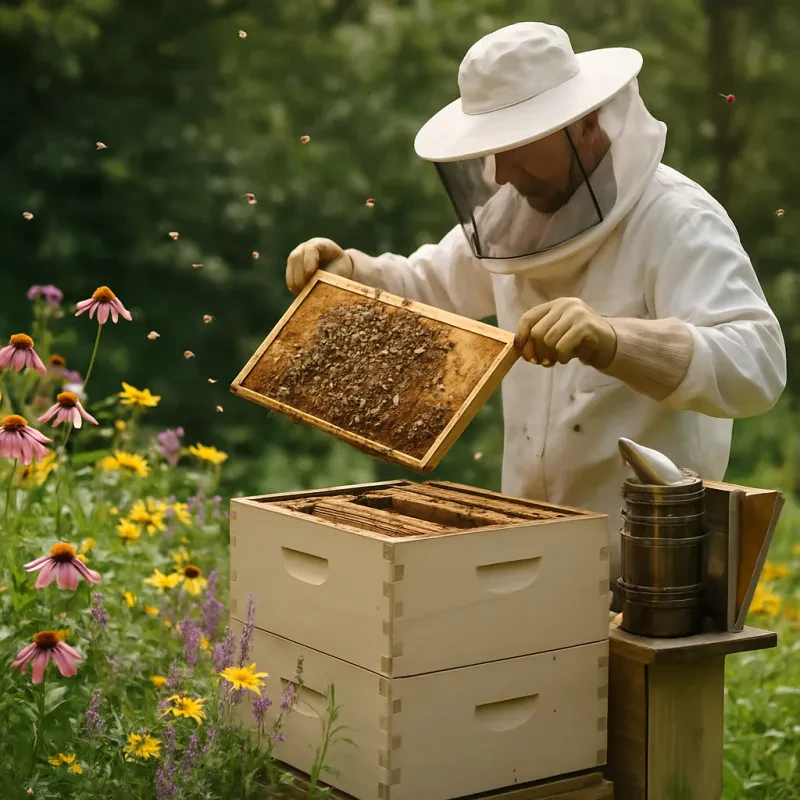Here are some popular queen bee breeds to consider:
When selecting your queen bee, think about your climate, how much honey you want, and how much time you have to manage your hives. Some breeds need more attention than others, so it’s wise to choose one that matches your level of experience. With the right breed, you’ll be set up to raise queen bees that thrive and contribute to a happy, healthy hive!
Setting Up a Healthy Hive
Creating a healthy hive is crucial when you want to raise queen bees successfully. A strong, happy colony sets the stage for productive beekeeping. Start by selecting a good location for your hive. Look for a spot that gets plenty of sunshine in the morning and is protected from strong winds. It's also smart to place the hive near a water source, as bees need water to help cool the hive and dilute honey.
When setting up your hive, give your bees enough space to thrive. Depending on the type of hive you’re using, you may need to add more supers as the population grows. Check for any signs of overcrowding since a crowded hive can lead to swarming. Regular inspections not only help you manage space but also allow you to spot any health issues early on.
Feeding your bees can be a game-changer, especially when they're just starting out. Consider offering a sugar syrup in the spring to give them a boost and help them build up their hive quickly. Pollen substitutes can also be helpful to ensure they have all the nutrients they need to raise queen bees effectively. Just be mindful of not overfeeding; it’s all about finding the right balance.
Lastly, ensure your bees have a clean environment. Regularly remove dead bees and debris from the hive, and make sure there’s no build-up of mold or pests. A clean hive helps keep your colony healthy and strong, making it easier to raise queen bees that can lead a thriving community. Remember, a little care goes a long way in beekeeping!
Feeding Your Queen for Success
Feeding your queen bees properly is key to their success and, ultimately, the success of your whole hive. Just like us, they need a balanced diet to stay healthy and productive. When you're looking to raise queen bees, providing them with the right nutrition can make all the difference.
Queens typically get their food from nurse bees, but it’s a good idea to supplement their diet yourself, especially in the early stages. Here are a few tips for feeding your queens:
It's important to keep an eye on their feeding habits. Make adjustments based on the season and the needs of your queens. The goal is to keep them healthy and ensure they have enough energy to mate and lay eggs effectively. By paying attention to their diet, you're setting the stage for strong and successful queen production.
Monitoring and Managing Your Colony
Monitoring and managing your bee colony is essential when you're looking to raise queen bees successfully. A healthy colony means better chances of having strong queens, and that starts with regular checks on your hive. Simple observations can go a long way, so make it a habit to check in on your bees every few weeks. Look for signs of a thriving colony: plenty of activity at the entrance, bees bringing in nectar and pollen, and lots of brood (the bee babies!) in various stages of development.
Keep an eye out for the queen herself. If you’re not seeing her, it might be time to dig a bit deeper. You can spot her by looking for a longer, smooth body compared to the other worker bees. Also, look for eggs and larvae in the cells; this is a good sign she’s doing her job! If your queen is missing or not laying eggs, it might be necessary to intervene by introducing a new queen or, in some cases, consider requeening the colony.
Timing is everything, especially if you're raising queen bees. Make sure to keep track of the seasons. For example, spring is usually the best time for raising new queens because the colony is strong and ready to produce. Use a calendar to help you monitor when to start queen cells and when to make splits in your hive. This way, you’re not only boosting your stock but also ensuring that each new queen has a strong start.
Don't forget about pests and diseases—keeping your hive healthy is crucial! Regular checks for Varroa mites, nosema, and other pests can prevent big problems down the line. Consider treatments and preventative measures that are suitable for your bees, and always make sure your hive is in a good location away from too much moisture or direct wind, which can stress the colony.
Lastly, document everything. Take notes on what works and what doesn’t; keep track of the queens you raise and any challenges you face. This information will be invaluable as you continue to learn and improve your skills in raising queen bees. With consistent monitoring and care, you'll find that your beekeeping adventure can be not just rewarding but also a lot of fun!
